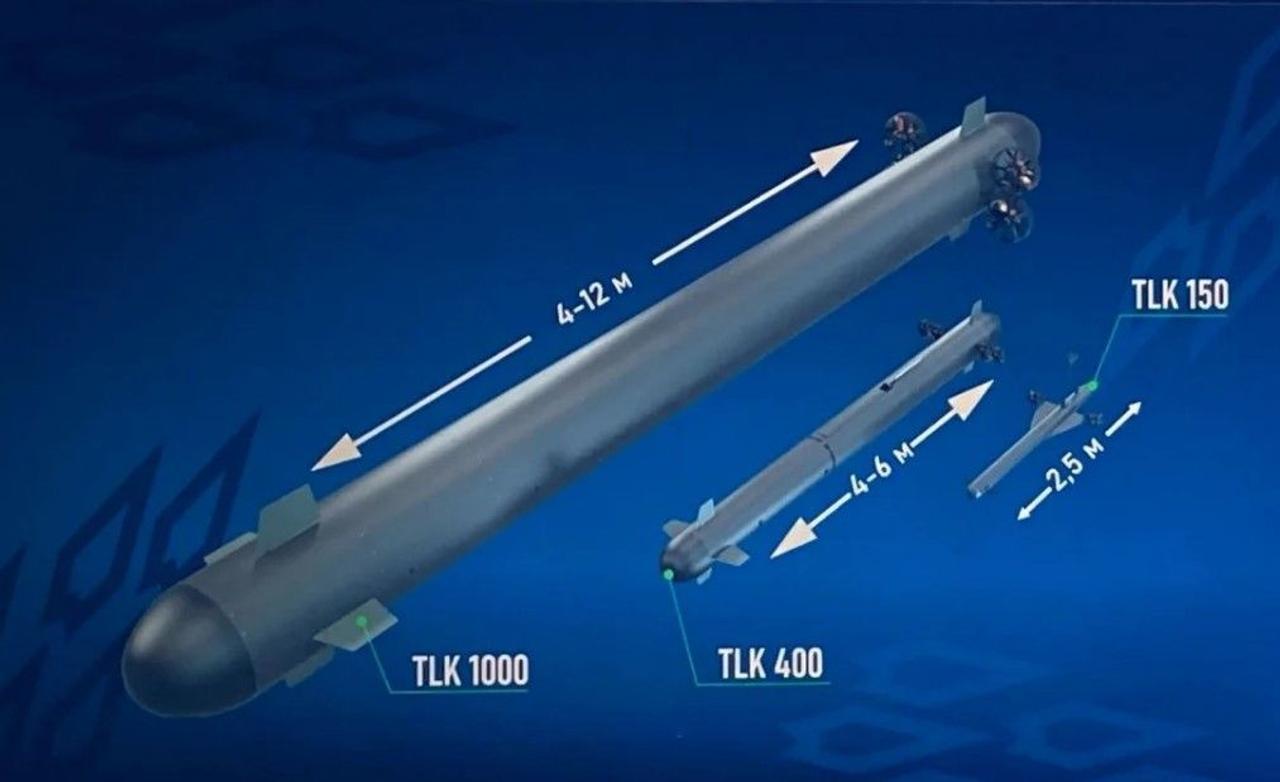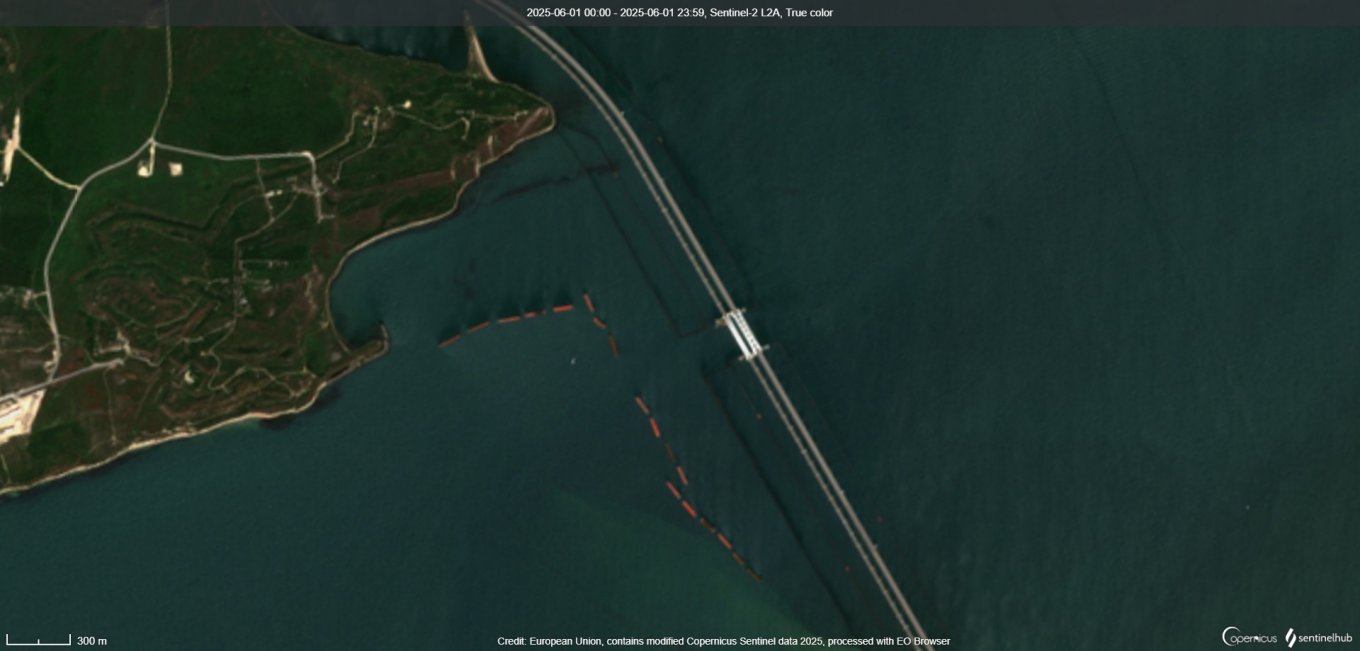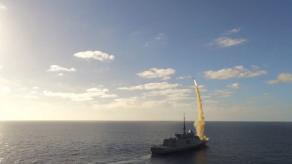For the third time, the Security Service of Ukraine conducted a unique operation against russian bridge across the Kerch Strait, blowing up one of its main underwater supports.
"The underwater supports were severely damaged at their base — the blast of 1100 kg of TNT was the cause. In fact, the bridge is in a state of emergency," the statement reads. It's worth noting that recording the moment of the explosion would require either hacking into the facility's video surveillance system or installing another device.
Read more: First Contact Osa Were the Ukrainian FPV drones that Destroyed russian Tu-95MS, Tu-22M3, and Tu-160 Strategic Bombers
It should be noted that the explosion was carried out at the bottom at a depth of about 10 meters. Therefore, there will be no "fireworks", as in previous times. The actual condition of the support can only be assessed during diving operations. Moreover, this also means that any repair work will be correspondingly complex.
An equally interesting question is how the Crimean Bridge was attacked. The placement of over one ton of explosives, referring solely to the explosive material without casing, would hardly have been possible by divers alone. Considering Operation Pavutyna, which employed remotely piloted FPV drones to target russian strategic bombers, using underwater drones is one of the few options.
This series of developments has not been seen for quite some time, despite their promise. In particular, we can recall the publicly demonstrated Toloka drone. However, the TLK-150, with its very limited capabilities — a range of up to 100 km and a payload (including the UAV itself) of just 20–50 kg — is less notable. More impressive are the announced TLK-400, measuring 4 to 6 meters in length, with a range of 1,200 km and a warhead weighing up to 500 kg, and the TLK-1000, ranging from 4 to 12 meters long, with a range of 2,000 km and a payload capacity of up to 5,000 kg.

In August 2023, a test of the Marichka underwater drone was demonstrated. The drone is six meters long, one meter in diameter, has a range of up to 1000 km, and can carry a payload of over 1000 kg. It was stated that the range could be reduced because of a shorter cruising distance.
It should be noted that all known Ukrainian underwater drone projects include systems for operator communication and satellite navigation. For this purpose, they can be equipped with a telescopic mast. This decision is seen in one of the official photos of the Marichka drone.

It should be noted that the route distance for a marine underwater drone to reach the Crimean Bridge, taking a detour around temporarily occupied Crimea, is approximately 650 km. At the same time, the last few kilometers are the most challenging, as it is necessary to account for the presence of russian acoustic sensors. Additionally, the drone must carefully navigate the fairway to avoid hitting the booms.

It is also possible that the underwater drone, if it was one, was attached beneath the hull of a ship heading to a russian port on the Sea of Azov. This eliminates the issues of range and autonomy, as well as solves the issue of bypassing acoustic control. However, this sets it apart from the currently known Ukrainian underwater drones, as their mission is to cover a much shorter distance.
Read more: Why Ukrainian FPV Drones Struck Tu-95MS and Tu-22M3 in Specific Spots, and Why Precision Was Crucial














